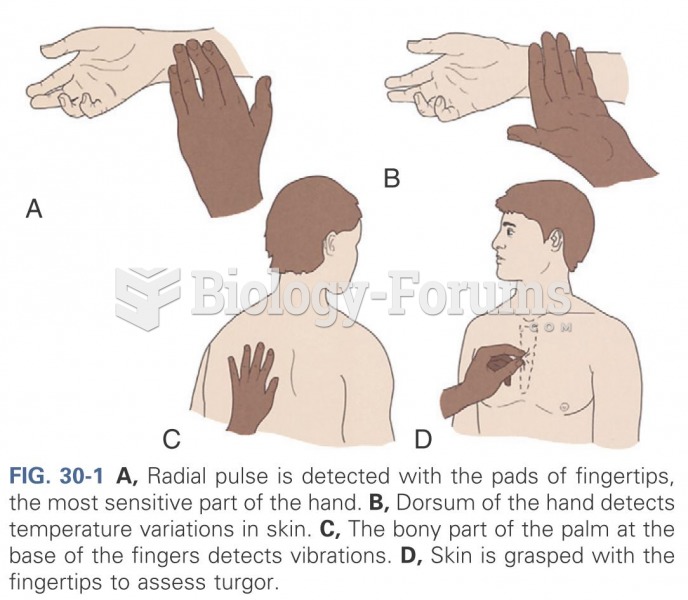Answer to Question 1
Answer should include, but may not be limited to, the following
Depending on the medical specialty, increased detail is required in the documentation of the performed physical examination. For example, a pulmonologist would assess the patient with greater focus on the respiratory and cardiovascular systems than a general family practitioner. As a result, the documented findings may be more detailed with greater anatomic specificity.
The 1995 body area/organ system physical examination may only recognize the documentation of the cardiovascular system, even if the physician documented palpation and auscultation of the heart, as well as examination of the carotid and femoral arteries, the abdominal aorta, the pedal pulses, and examined the extremities for edema or varicosities. Under the body area/organ system physical examination guidelines, this documented physical examination would only be a problem focused type exam.
However, if the same documented physical examination were reviewed using the general multisystem physical examination guidelines- palpation and auscultation of the heart, as well as examination of the carotid and femoral arteries, the abdominal aorta, the pedal pulses, and examined the extremities for edema or varicosities the documented general multisystem physical examination would be an expanded problem focused physical examination.
As a result, the amount of work, skill, effort and expertise provided by the physician can be properly reflected with the general multisystem physical examination.
Answer to Question 2
a. Do you find the general multisystem physical examination difficult? Identify at least two aspects of these guidelines you find difficult or challenging.
b. Do you find the general multisystem physical examination helpful? Identify at least two aspects of these guidelines that you find useful and helpful.
c. Do you find the general multisystem physical examination guidelines a helpful starting point for your own personal research and learning in your professional studies?
d. Describe how you would use the general multisystem physical examination in your own research, learning and self-education.
Answers should provide distinct personal reflections as well as professional reflections.







